The Forbidden City is large but without a trace of bird droppings, it's admirable to know the reason why the ancients
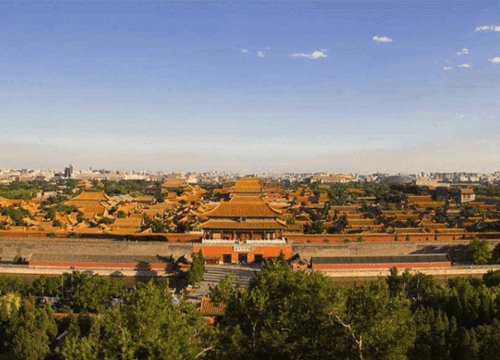
2 | 0 Discuss | Share
The Forbidden City, also known as the Imperial Palace, is the oldest royal palace in Beijing (China). Behind every thing, every detail in the Forbidden City contains a profound meaning that not everyone knows.
The palace is where 24 emperors of the Ming and Qing dynasties once lived. The entire project is extremely splendid and magnificent and is one of the 5 largest palaces in the world (Forbidden City in Beijing, Versailles Palace in France, Buckingham Palace in the United Kingdom, White House in the United States and Kremlin in Russia) is also listed by UNESCO as a "world cultural heritage".
Inside the Forbidden City there is a history and art museum displaying antiques such as paintings, ceramics, bronzes... of the Ming and Qing dynasties. A massive collection of ancient treasures including 1,052,653 works, accounting for 1/6 of all Chinese cultural relics. This is considered the richest collection of cultural relics in China and one of the world's famous ancient culture museums.
Behind every thing, every detail in the Forbidden City contains a deep meaning that not everyone understands. Among them, the ear-dropped stone lions placed at the main entrance attract the most attention. Many people wonder why the ancient craftsmen let the majestic lions fold their ears, causing their majesty to decrease a bit?
Why do lions have drooping ears?
In the Forbidden City there are many gilded bronze lions, each pair will be placed in front of the palaces. They not only have lifelike shapes but also have different meanings.
The lion is an animal that represents the power and prestige of kings and implies that it will bring luck and convenience to the royal family. Lions were placed in front of the palace door to guard the entrance, ensure peace and ward off evil spirits, bringing a good atmosphere.
The Qing Dynasty strictly prohibited officials and harems from interfering in court politics. The emperor used the gilded bronze lion's drooping ears to remind everyone, especially the concubines and beauties in the harem, not to participate in politics. It's better not to listen, not look, not speak and especially not discuss. This is the profound meaning of ear-dropping lions.
The lions in the Forbidden City appear in pairs, including 1 male and 1 female. A lion's head often has a mane, a bell hanging around its neck, sharp claws, and a tall, majestic shape. The male lion lightly stomped on the hydrangea flower with his right front paw. The base is decorated with elaborate and delicate patterns.
The lion here has become the model for all traditional lion shapes. In addition, when placing the lion, you must pay special attention to the position, do not confuse the right and left sides.
In addition, if one of the two lions is defective or has a problem, a new pair of lions must be replaced immediately. Because lions are known to be fierce animals, they are used in feng shui decorations to prevent evil spirits from entering. Therefore, lions are often placed facing outside or facing the window.
The most "unique" painting of the Forbidden City hides a secret
In addition to the gilded bronze lions, the most "unique" painting of the Forbidden City is also said to contain many mysterious meanings.
Accordingly, "A Group of Harmony" is one of the famous paintings of Emperor Thanh Hoa, with a length of 48.7 cm and a width of 36 cm. This is currently a treasure in the collection of the Palace Museum (part of the Forbidden City) in Beijing.
This painting was made in 1465, when Emperor Chenghua of the Ming Dynasty was 18 years old. The lines of the work are very slender and smooth. In addition, the free rhythmic pauses demonstrate his skillful painting talent.
Minh Hien Tong (1447 - 1487), the ninth emperor of the Ming Dynasty, with the reign name Thanh Hoa, the eldest son of Minh Anh Tong Chu Ky Tran, his mother was Hieu Tu Empress Chu Thi.
He is famous for being good at drawing statues. In the first year after his coronation, he painted the painting "A Group of Harmony". Through this work, he wanted to express himself with the ideal of fusion of Confucianism, Buddhism and Taoism and his hopes for a prosperous future.
The composition of this painting is very interesting, it looks like a statue of Maitreya smiling, sitting cross-legged, with a round body.
However, if you look closely, there are three people in one picture. On the left is an old man wearing a Taoist crown, on the right is a Confucian scholar wearing a square turban. Two people hold a sutra book at each end, the middle person wears a Buddha necklace in his hand, and he is Maitreya Buddha.
According to Confucianism, the drawing above looks like a large ball from a distance. After looking closely, you will see three people hugging each other. The facial expressions of these three people were borrowed from each other and combined into one face. It can be seen that seeing this painting creates a mysterious and surprising feeling for the viewer.
In terms of Taoism, we can see that the person on the left is an old man wearing a Taoist crown (crown: Chinese character mao is what is used to wear on the head in the Taoist uniform of Cuu Trung Dai and Hiep Thien Dai dignitaries); The person on the right is a Confucian scholar wearing a square scarf; These two people hold one end of the prayer scroll, their knees touching, smiling at each other. The third person in the center placed his hands on the two people's shoulders, smiling face, revealing his bare head, one hand holding a rosary, this person is Maitreya Buddha.
Regarding Buddhism, the composition of this painting combines three people into one, the "harmony of one mass" is very delicate. The characters are portrayed vividly, with delicate lines and no setbacks. This demonstrates the great ingenuity and skill of the artist.
Deep meaning
1. Hope for the stability and unity of the country
2. Expressing the idea of "Unification of the Three Religions"
Mo Mu: The ugliest concubine in Chinese history but revered by the emperor thanks to 1 special ability 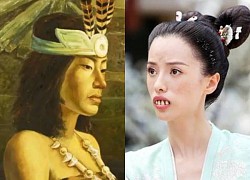 Thảo Mai15:12:33 06/08/2023The Chinese have a bad saying like Chung Wu Diem, meaning that Chung Wu Diem is already the worst, no one can be worse. But actually, Zhong Wuye is not the ugliest, the person at the top of the list of Chinese women is Mo Mu.
Thảo Mai15:12:33 06/08/2023The Chinese have a bad saying like Chung Wu Diem, meaning that Chung Wu Diem is already the worst, no one can be worse. But actually, Zhong Wuye is not the ugliest, the person at the top of the list of Chinese women is Mo Mu.

2 | 0 Discuss | Share
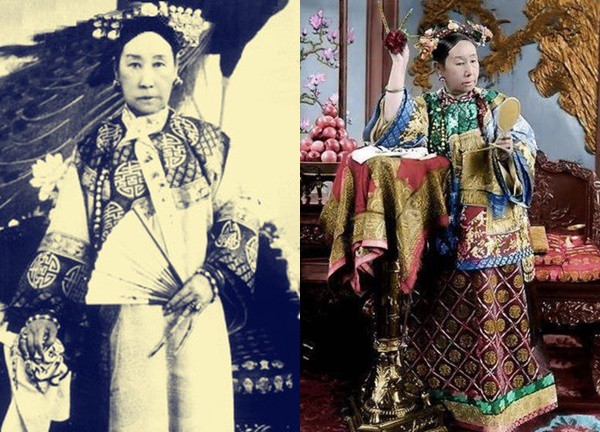
3 | 0 Discuss | Share
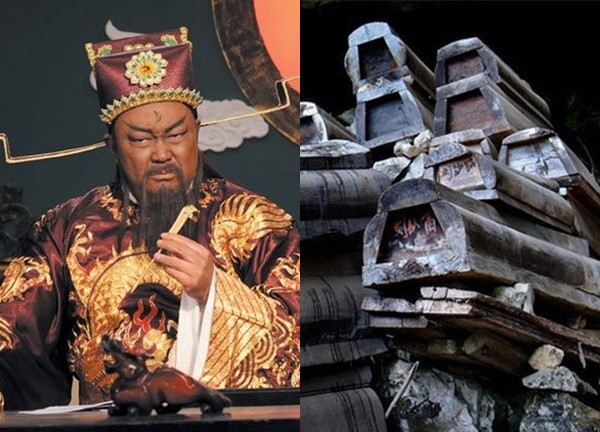
3 | 0 Discuss | Share
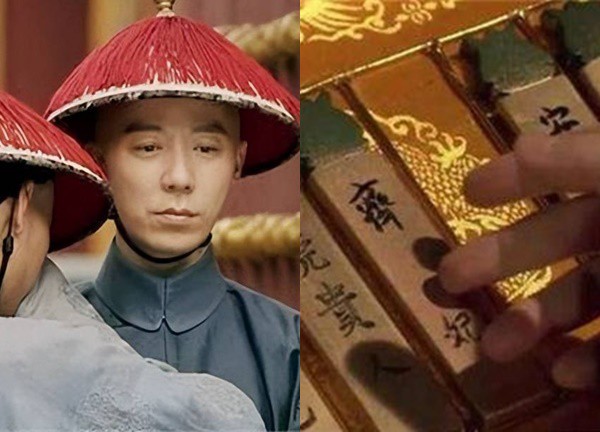
5 | 0 Discuss | Share
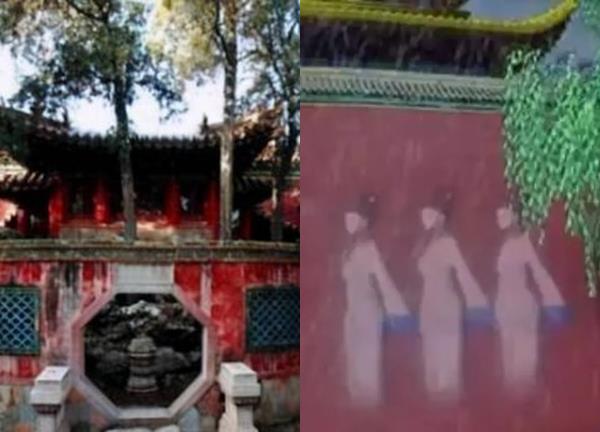
5 | 0 Discuss | Share
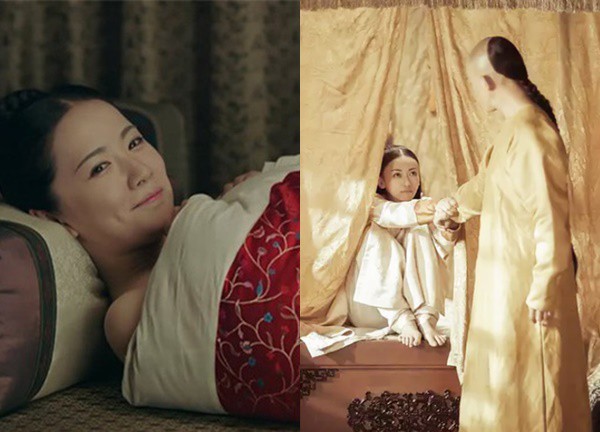
3 | 0 Discuss | Share
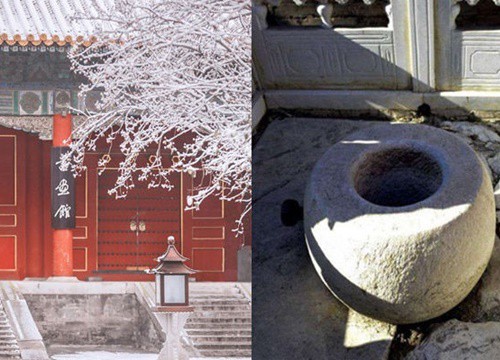
2 | 0 Discuss | Share
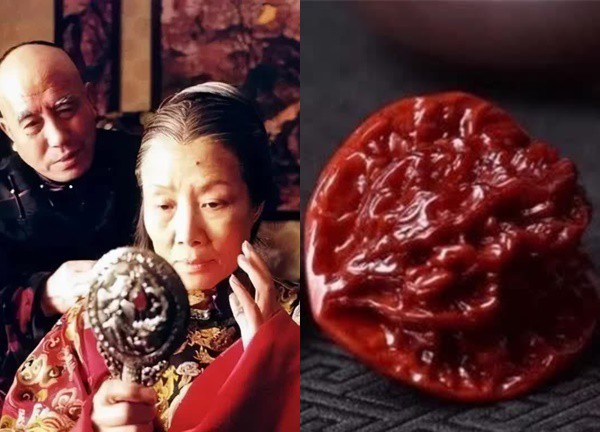
5 | 0 Discuss | Share
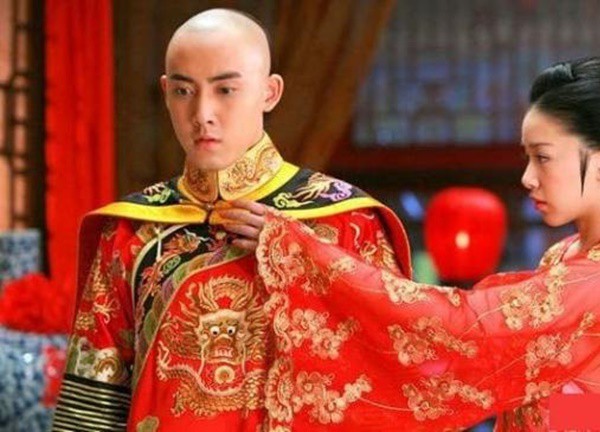
5 | 0 Discuss | Share
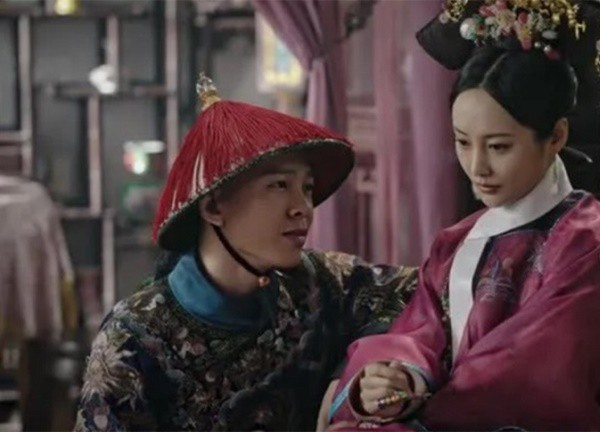
4 | 0 Discuss | Share
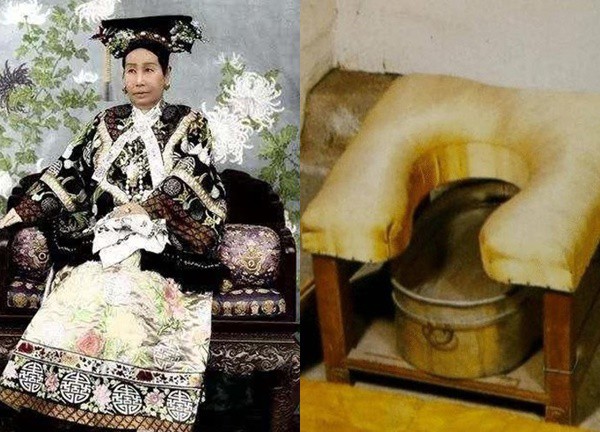
4 | 0 Discuss | Share
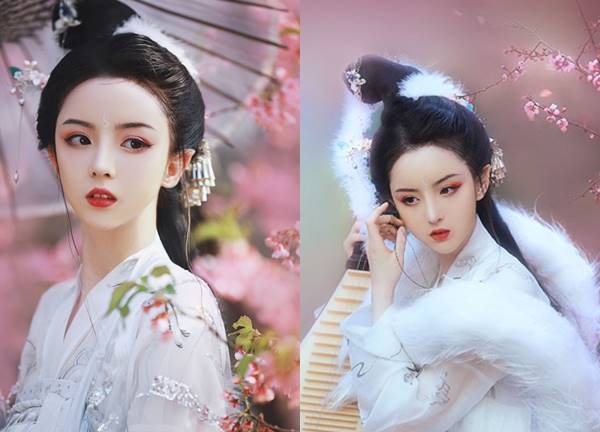
3 | 0 Discuss | Share
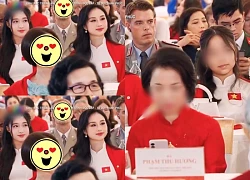
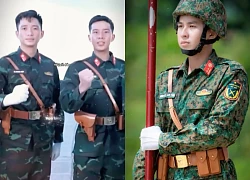


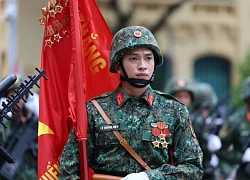


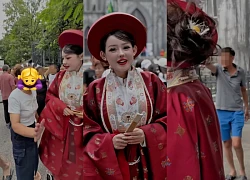
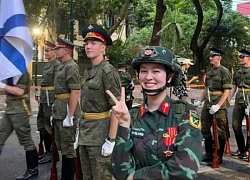

3 | 0 Discuss | Report